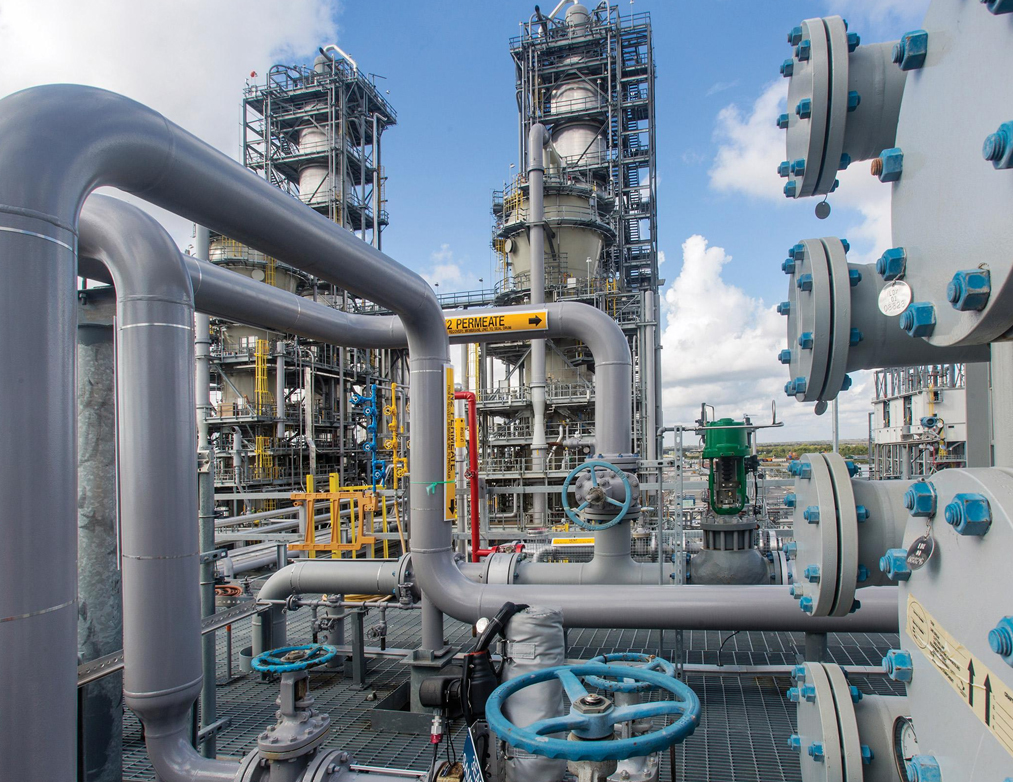Italian
- Afrikaans
- Albanian
- Amharic
- Arabic
- Armenian
- Azerbaijani
- Basque
- Belarusian
- Bengali
- Bosnian
- Bulgarian
- Catalan
- Cebuano
- Corsican
- Croatian
- Czech
- Danish
- Dutch
- English
- Esperanto
- Estonian
- Finnish
- French
- Frisian
- Galician
- Georgian
- German
- Greek
- Gujarati
- Haitian Creole
- hausa
- hawaiian
- Hebrew
- Hindi
- Miao
- Hungarian
- Icelandic
- igbo
- Indonesian
- irish
- Italian
- Japanese
- Javanese
- Kannada
- kazakh
- Khmer
- Rwandese
- Korean
- Kurdish
- Kyrgyz
- Lao
- Latin
- Latvian
- Lithuanian
- Luxembourgish
- Macedonian
- Malgashi
- Malay
- Malayalam
- Maltese
- Maori
- Marathi
- Mongolian
- Myanmar
- Nepali
- Norwegian
- Norwegian
- Occitan
- Pashto
- Persian
- Polish
- Portuguese
- Punjabi
- Romanian
- Russian
- Samoan
- Scottish Gaelic
- Serbian
- Sesotho
- Shona
- Sindhi
- Sinhala
- Slovak
- Slovenian
- Somali
- Spanish
- Sundanese
- Swahili
- Swedish
- Tagalog
- Tajik
- Tamil
- Tatar
- Telugu
- Thai
- Turkish
- Turkmen
- Ukrainian
- Urdu
- Uighur
- Uzbek
- Vietnamese
- Welsh
- Bantu
- Yiddish
- Yoruba
- Zulu
Telephone: +86 13120555503
Email: frank@cypump.com
Dic . 22, 2024 10:42 Back to list
pumps slurry
Understanding Slurry Pumps Key to Efficient Handling of Slurry Materials
Slurry pumps play a crucial role in various industries that require the transportation of mixtures of solids and liquids, known as slurries. As these mixtures can range from mildly viscous to extremely dense, the efficiency and reliability of slurry pumps are paramount in ensuring smooth operations. In this article, we will delve into the fundamentals of slurry pumps, their applications, design features, and the factors to consider when selecting the right pump for specific tasks.
What Is a Slurry?
A slurry is a semi-liquid mixture that typically consists of fine solids suspended in a liquid, such as water. Common examples include mining tailings, wastewater, and certain chemical processes. The challenge in handling slurries lies in their abrasive nature, varying viscosity, and solid content, which can significantly differ from one application to another. Hence, specific pumping solutions are required to handle these materials efficiently and cost-effectively.
Applications of Slurry Pumps
Slurry pumps are utilized in a wide array of industries, including
1. Mining and Minerals Processing Slurry pumps are heavily employed in transporting ore slurries from extraction sites to processing plants. They handle materials such as coal, gravel, and various ores, ensuring that the flow remains uninterrupted.
2. Wastewater Treatment In wastewater treatment facilities, slurry pumps convey sludge from one stage of treatment to another, helping in the efficient removal of solids and contaminants.
3. Construction In construction projects, slurry pumps are valuable for transporting cement slurries and controlling the flow of water during concrete mixing.
4. Chemical Processing Many chemical processes use slurries, wherein slurry pumps play a critical role in the transfer of chemicals and byproducts, maintaining consistent production levels.
Design Features of a Slurry Pump
The design of slurry pumps is distinctively different from regular pumps due to the characteristics of the materials they transport. Some key design features include
pumps slurry

- Robust Construction Slurry pumps are typically made from high-wear-resistant materials, such as hardened steel or rubber linings, to withstand abrasion from solid particles.
- High Efficiency Many modern slurry pumps are designed for high efficiency to minimize energy consumption while maximizing performance.
- Various Configurations Slurry pumps come in different configurations, such as horizontal and vertical designs, catering to specific spatial requirements and application needs.
- Seal Systems Effective sealing systems are crucial for preventing leakage and maintaining the integrity of the pump, especially when dealing with corrosive or toxic materials.
Factors to Consider When Choosing a Slurry Pump
Selecting the appropriate slurry pump involves several factors
1. Type of Slurry Understand the characteristics of the slurry, including particle size, concentration, and viscosity, to choose a pump designed to handle these properties.
2. Pump Capacity Determine the required flow rate and head to ensure that the pump can handle the volume and elevation of the slurry transport.
3. Material Compatibility Assess the compatibility of the pump materials with the slurry to prevent corrosion and wear, ensuring a long-lasting pump operation.
4. Maintenance Needs Consider the ease of maintenance and repair. A well-designed slurry pump should minimize downtime and be easy to service.
Conclusion
Slurry pumps are indispensable in industries that rely on the efficient handling of abrasive and viscous materials. With a proper understanding of their applications, design features, and selection criteria, businesses can optimize their processes, reduce costs, and improve throughput. As industries continue to innovate and evolve, the demand for advanced slurry pump solutions will undoubtedly grow, reinforcing their importance in operational efficiency and productivity.
-
Heavy-Duty Mining Sludge Pumps - Wear-Resistant Slurry Handling
NewsAug.02,2025
-
Horizontal Split Case Pump with GPT-4 Turbo | High Efficiency
NewsAug.01,2025
-
ISG Series Pipeline Pump - Chi Yuan Pumps | High Efficiency, Durable Design
NewsAug.01,2025
-
Advanced Flue Gas Desulfurization Pump with GPT-4 Turbo | Durable & Efficient
NewsJul.31,2025
-
ISG Series Vertical Pipeline Pump - Chi Yuan Pumps | Advanced Hydraulic Design&Durable Construction
NewsJul.31,2025
-
ISG Series Vertical Pipeline Pump - Chi Yuan Pumps | Energy Efficient & Low Noise
NewsJul.31,2025










